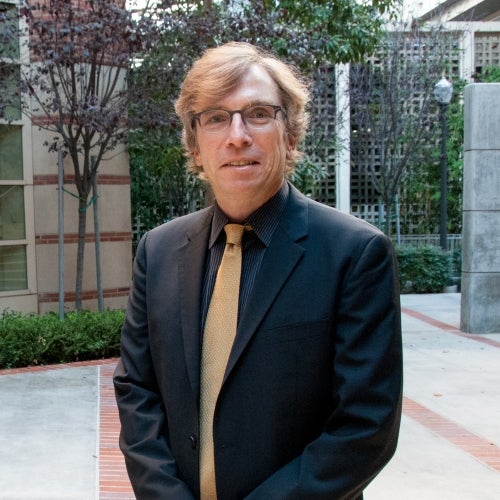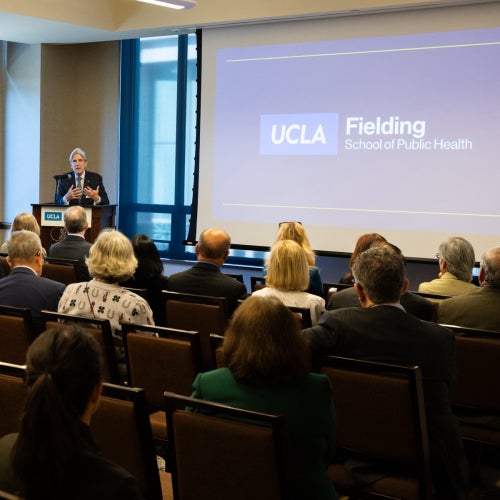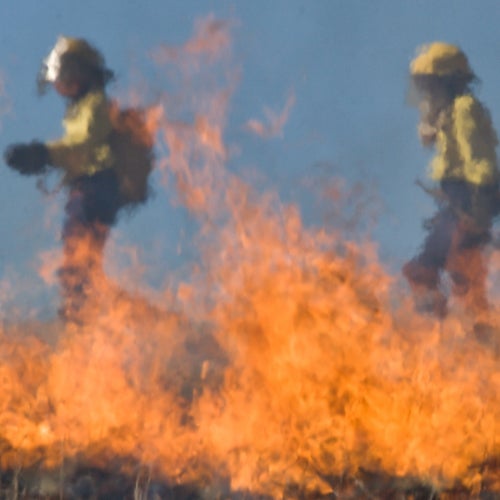"They inhaled asbestos for decades on the job. Now, workers break their silence"
NPR interviewed Dr. Rachael Jones, chair of the Department of Environmental Health Sciences, about environmental health practices.
Henry Saenz remembers when he first learned what even the tiniest bit of asbestos could do to his body. He was working at a chemical plant where employees used the mineral to make chlorine, and his coworkers warned him about what could happen each time he took a breath: Tiny fibers, invisible to the eye, could enter his nose and mouth and settle into his lungs, his abdomen, the lining of his heart.
They could linger there for decades. Then, one day, he might develop asbestosis, a chronic disease that makes the lungs harden, or mesothelioma, a vicious cancer that ends the lives of most who have it within a few years.
By then, in the early 1990s, the dangers of asbestos were already irrefutable. The United States had prohibited its use in pipe insulation and branded it so risky that remediators had to wear hazmat suits to remove it. But unlike dozens of other countries that banned the potent carcinogen outright, the United States never did.
Faculty Referenced by this Article

Associate Professor for Industrial Hygiene and Environmental Health Sciences
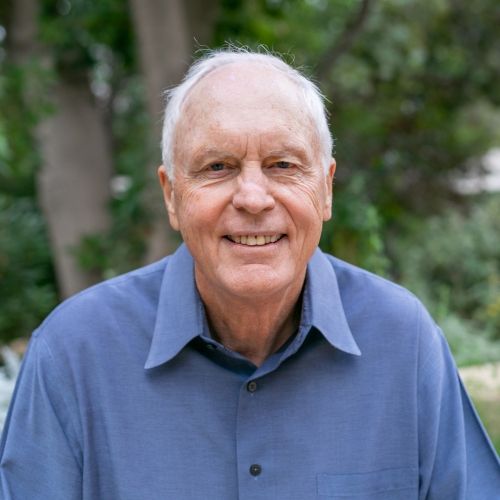
Dr. Hankinson is a Distinguished Professor of Pathology and Laboratory Medicine, and of EHS, and Chair of the Molecular Toxicology IDP
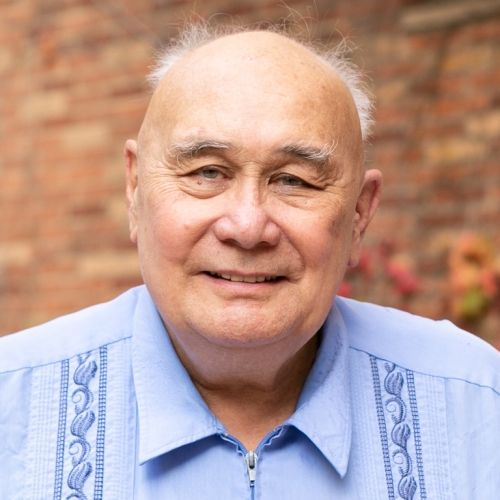
Industrial Hygiene & Analytical Chemistry




